What is Ruthenium CAS 7440-18-8?
Ruthenium is a chemical element with the symbol Ru and atomic number 44. It is combined with platinum and used as a catalyst and in some platinum alloys. Chemically, it dissolves in molten alkalis but is not attacked by acids. It reacts with oxygen and halogens at high temperatures. It also forms complexes with a variety of oxidation states.
Spécification
| ARTICLE |
STANDARD |
| SM-Ru99.95(not greater than %) |
SM-Ru99.90(not greater than %) |
| Pt |
0.005 |
0.01 |
| Pd |
0.005 |
0.01 |
| Rh |
0.003 |
0.008 |
| Ir |
0.008 |
0.01 |
| Au |
0.005 |
0.005 |
| Ag |
0.0005 |
0.001 |
| Cu |
0.0005 |
0.001 |
| Ni |
0.005 |
0.01 |
| Fe |
0.005 |
0.01 |
| Pb |
0.005 |
0.01 |
| Al |
0.005 |
0.01 |
| Si |
0.01 |
0.02 |
| Le Total des impuretés |
0.05 |
0. 1 |
Application
Ruthenium has a strong tendency to form coordination compounds and has good catalytic properties. Ruthenium is an effective hardener for platinum and palladium; adding 0.1% ruthenium to titanium can greatly improve corrosion resistance; ruthenium-molybdenum alloy is a superconductor; catalysts containing ruthenium are mostly used in petrochemicals.
Caractéristiques
1.Corrosion resistance and oxidation resistance
Ruthenium powder exhibits excellent corrosion resistance and oxidation resistance in high temperature, acidic or oxidizing environments, especially at high temperatures (melting point 2523K, boiling point 4423K) with extremely strong stability.
2.High purity and controllable particle size
Ruthenium powder purity can reach 99.9%-99.999%, and the particle size covers nanometers (5-500nm) and micrometers (1-5μm). It can be customized according to needs to meet precision manufacturing requirements.
3.Excellent catalytic performance
Ruthenium, as a catalyst, can accelerate chemical reactions (such as methanol reforming, ammonia synthesis), and has high selectivity and reduces the generation of by-products
L'emballage
25KG/TAMBOUR

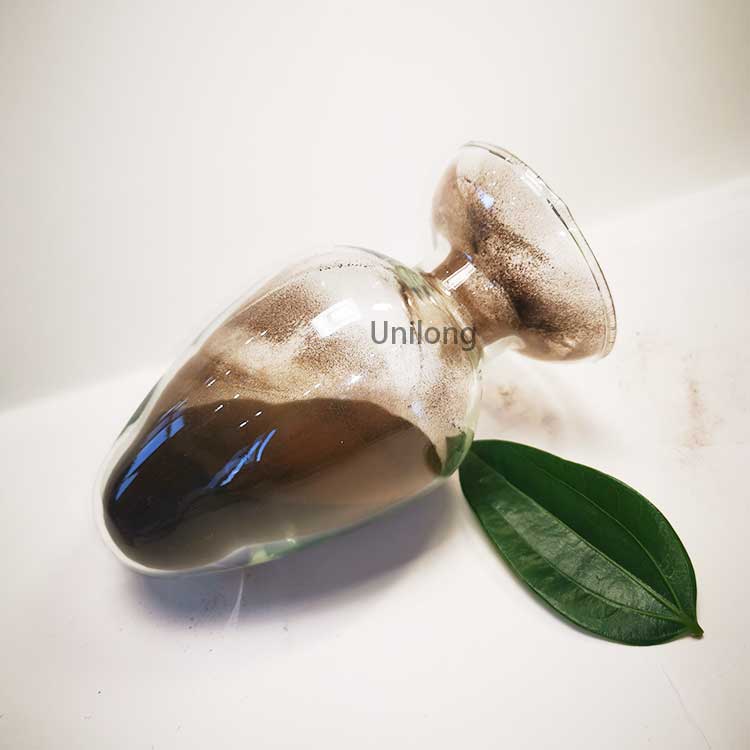
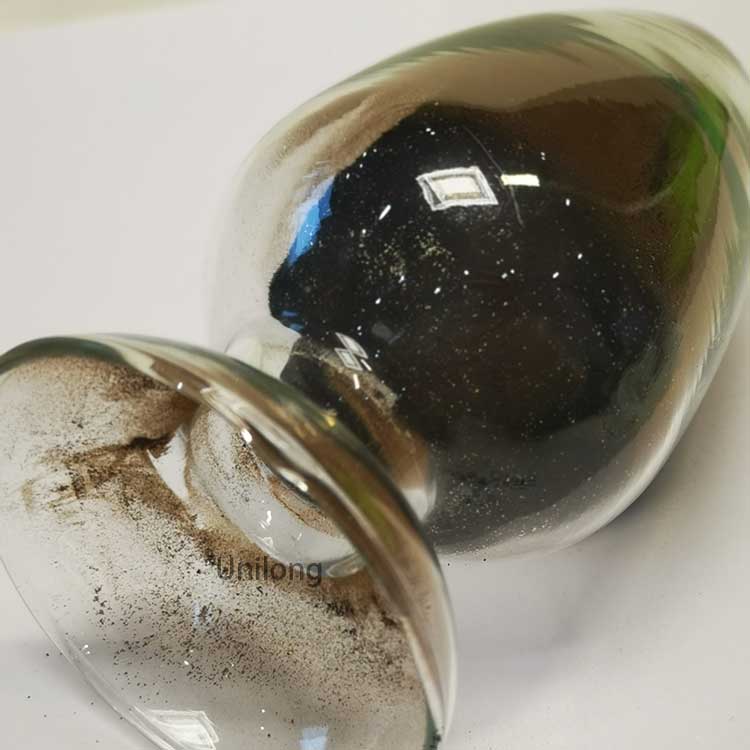
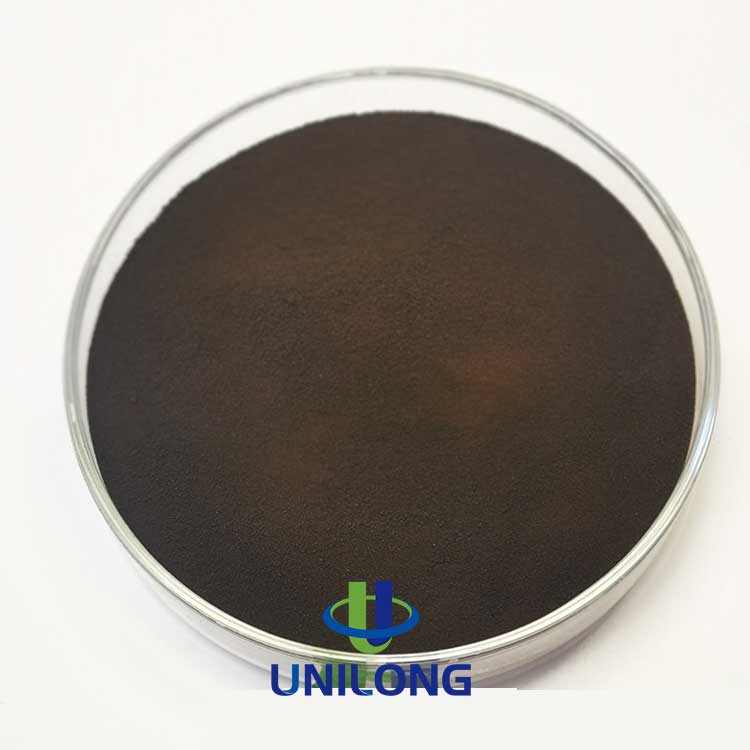



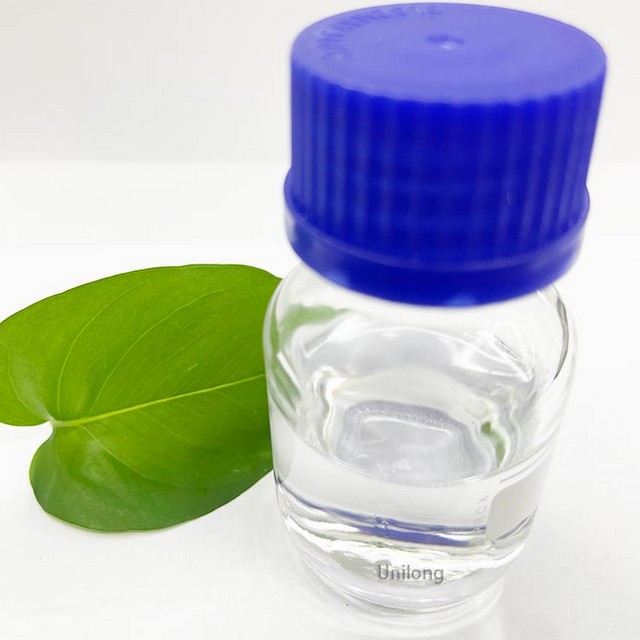

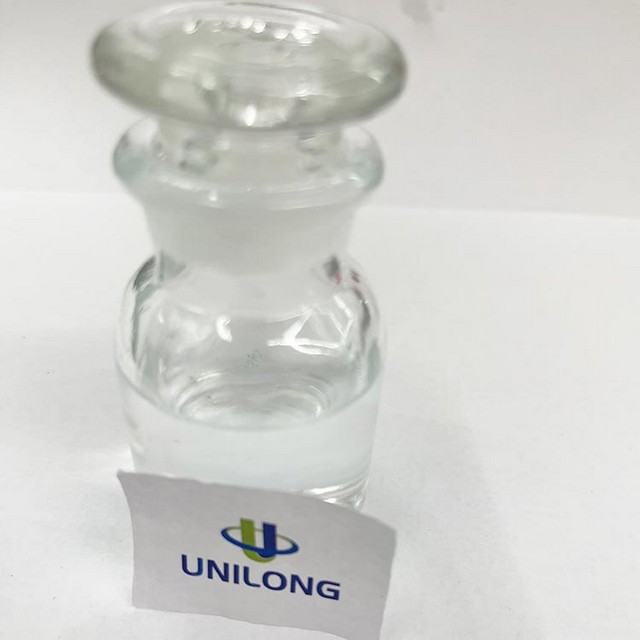
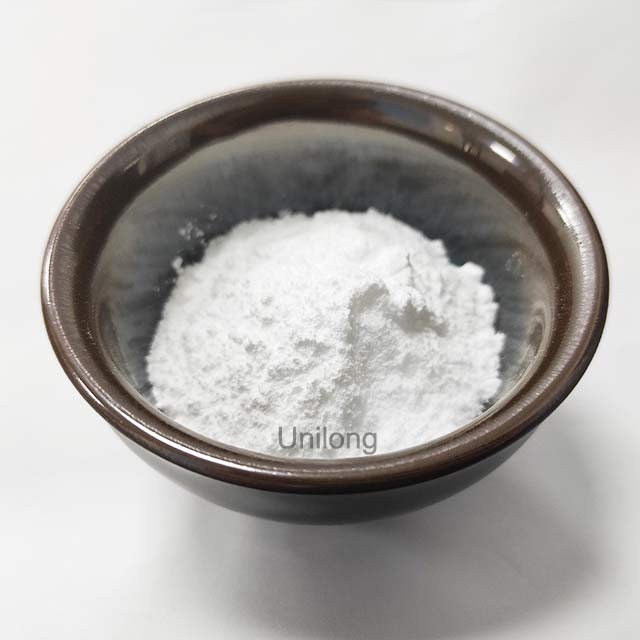
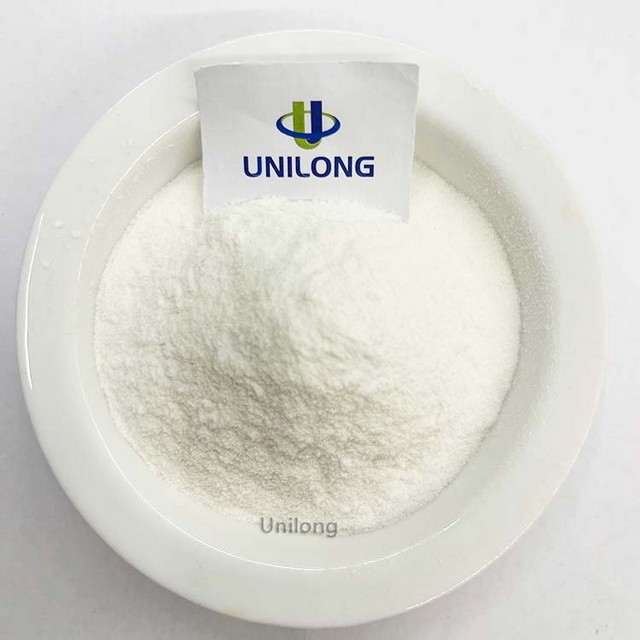


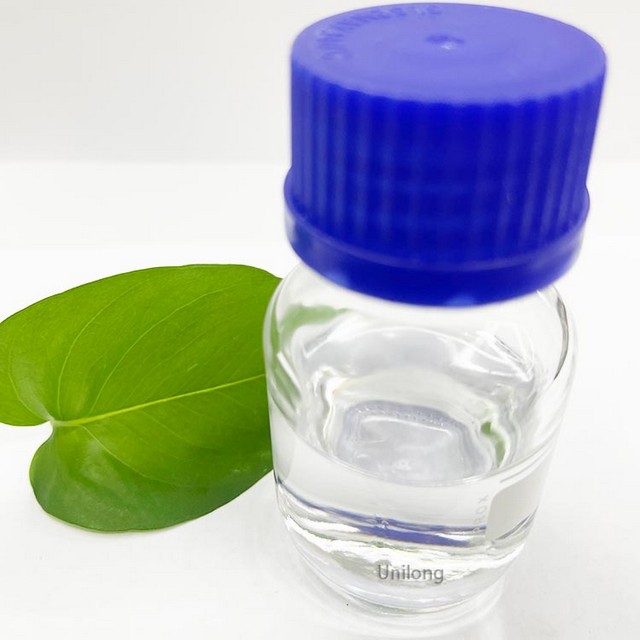
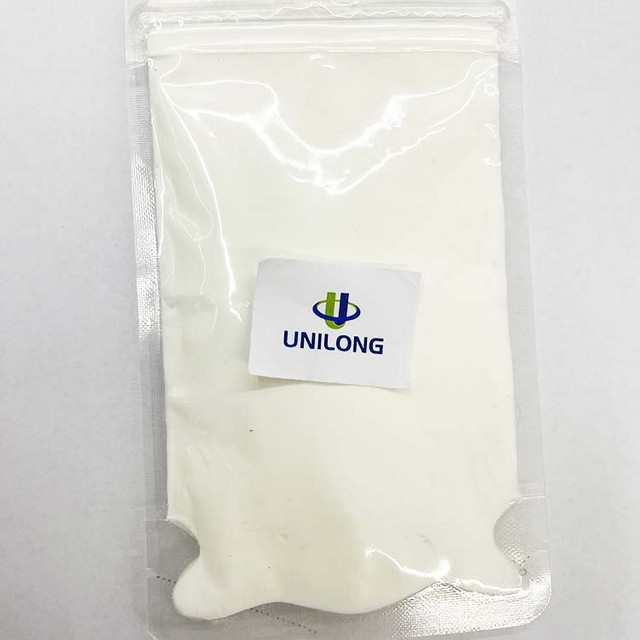
![3,3'-Bi-7-oxabicyclo[4.1.0]heptane CAS 37777-16-5 16 3,3'-Bi-7-oxabicyclo[4.1.0]heptane-supply](https://unilongindustry.com/wp-content/uploads/2024/04/33-Bi-7-oxabicyclo4.1.0heptane-supply.jpg)